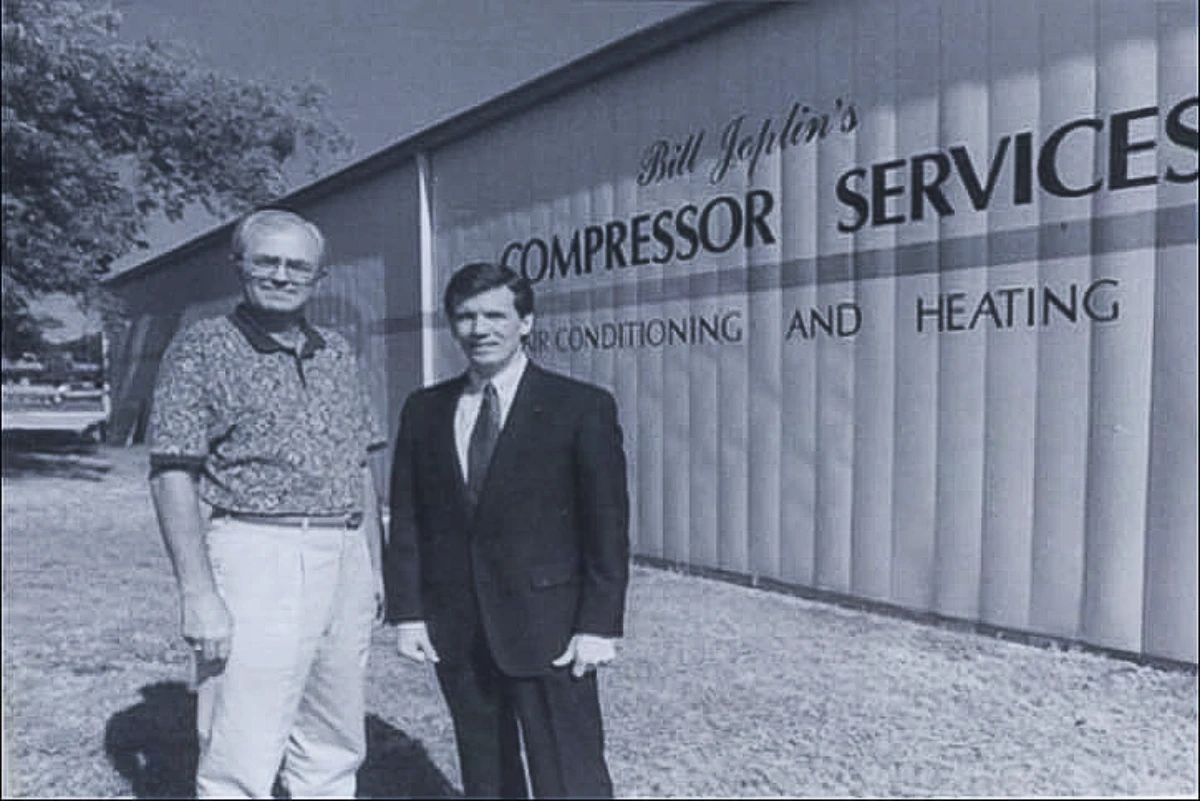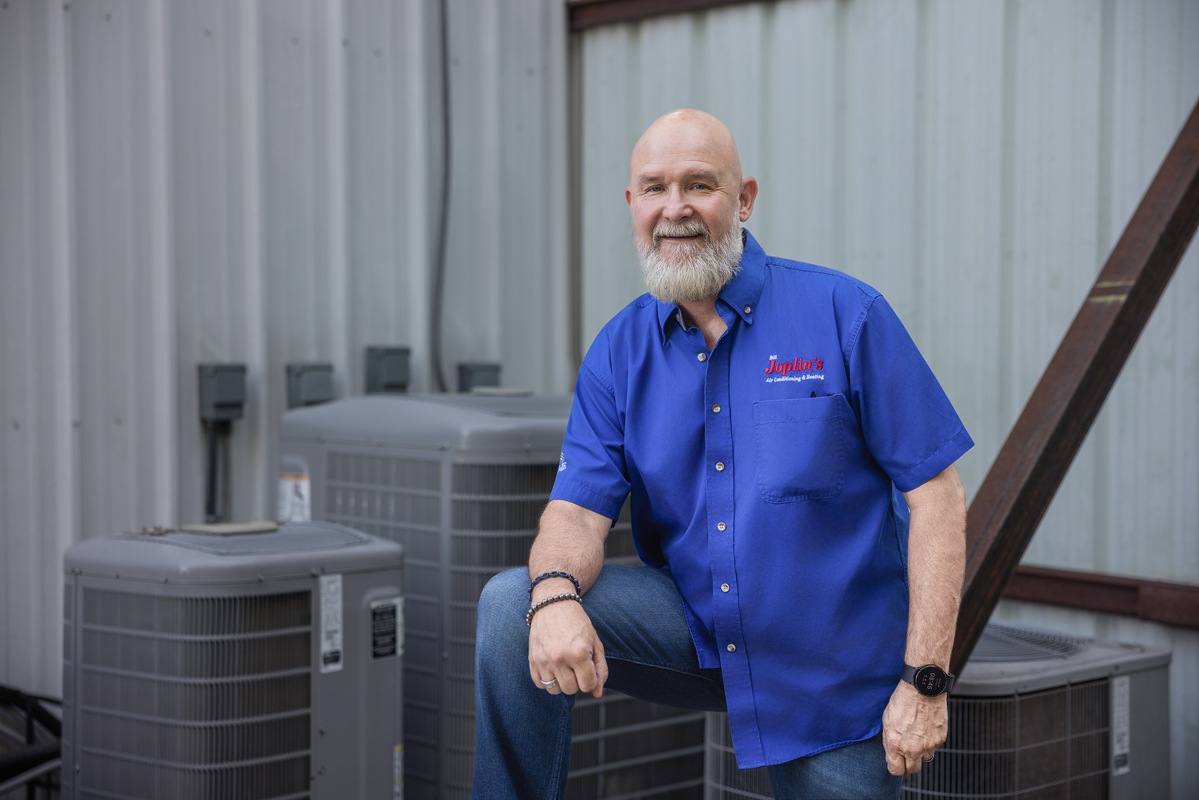If you’re concerned about how to lower your energy bill this summer, look at each system of your home for effective ways to curb energy costs, and actually increase home comfort in the process.
Where are my energy dollars going?
While some systems consume more energy than others, consistency for energy-saving habits and system maintenance is the key to long-term efficiency and comfort. These are approximate percentages of energy consumption per system of the typical household (Energy.gov statistics):
- Heating and air conditioning: 55 percent
- Water heating and usage (e.g. wet cleaning): 20 percent
- Refrigeration, cooking: 8 percent
- Lighting, electronics:12 percent
Heating and air conditioning
Many households may find it difficult to garner energy savings from cooling and heating systems for the simple fact of maintaining home comfort. With the right energy-saving plan, the opposite is true; you’ll achieve greater home comfort with lower energy bills by focusing on these factors:
- Seal air leaks in the home’s envelope, boost insulation and seal ductwork. Consider a professional energy audit to highlight inefficient areas.
- Schedule annual preventive maintenance for your heating and cooling systems.
- Use a programmable thermostat for convenient energy savings while you are at work and during sleeping hours.
- Use ceiling fans throughout the year to reduce heating and cooling costs.
Water heating
Check the thermostat setting on your water heater. It should be at 120 degrees for comfortable, energy-saving temperature. Flush the tank every other month by draining about one gallon of water from the drain bib at the bottom of the tank. This helps remove sediment that would otherwise hinder heating and deteriorate the tank lining.
Refrigeration and cooking
A full refrigerator is a more efficient refrigerator. Use bottled water to occupy unused refrigerator space to minimize energy loss when the door is opened. It also provides backup water during emergencies. Try outdoor grilling during the summer to reduce heat gain inside the home.
Lighting and electronics
Connect electronics to power strips. Leave power strips “off” until needed. Use low-watt light bulbs throughout your home. They use less energy and produce less heat than standard bulbs.
For more information about how to lower your energy bill, contact Bill Joplin’s Air Conditioning & Heating in North Texas.


